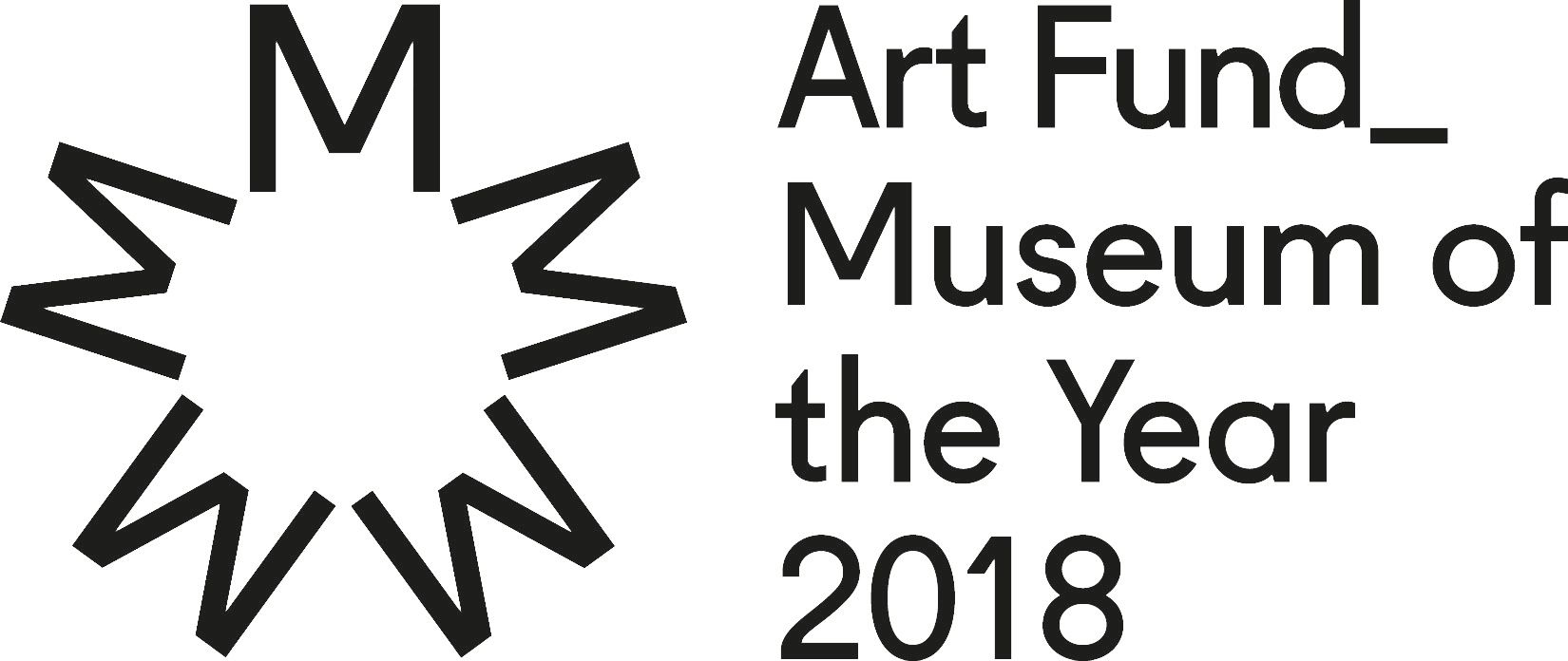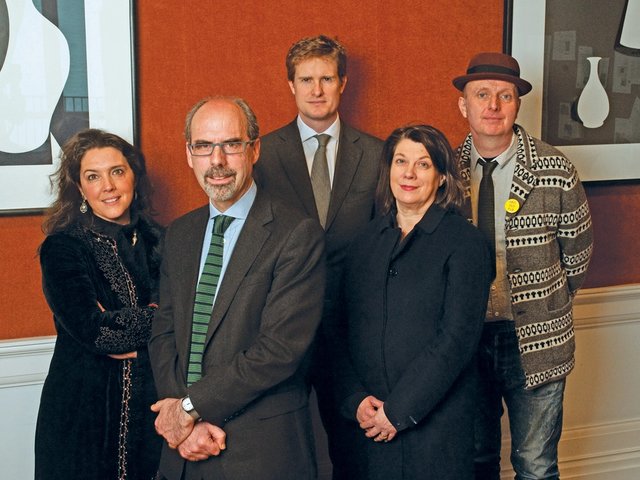The Museum of the Year is awarded by a selection panel of four judges, which changes each year, alongside the regular chair, Art Fund director Stephen Deuchar. The Art Fund took over the running of the prize in 2008; before then it was known as the Gulbenkian Prize. Only two museums have been shortlisted more than once since then: Kelvingrove Art Gallery in 2009 and 2013 and the Hepworth Wakefield, winner after its third nomination last year. Judges review all the applications submitted by museums across the UK and draw up a shortlist of five, with the winner receiving £100,000 and the runners-up getting £10,000 each. The panel visits each finalist and makes its decision on the day of the award ceremony, based on diverse criteria, of which perhaps the most important is innovation. In the application pack for the prize, the Art Fund states that “all museums and galleries do important work”, so the winner must be “a truly visionary organisation—one that readily rethinks established ways of working, and offers great quality and ingenuity in all its activities”. Here, former judges recall how they reached their conclusions.
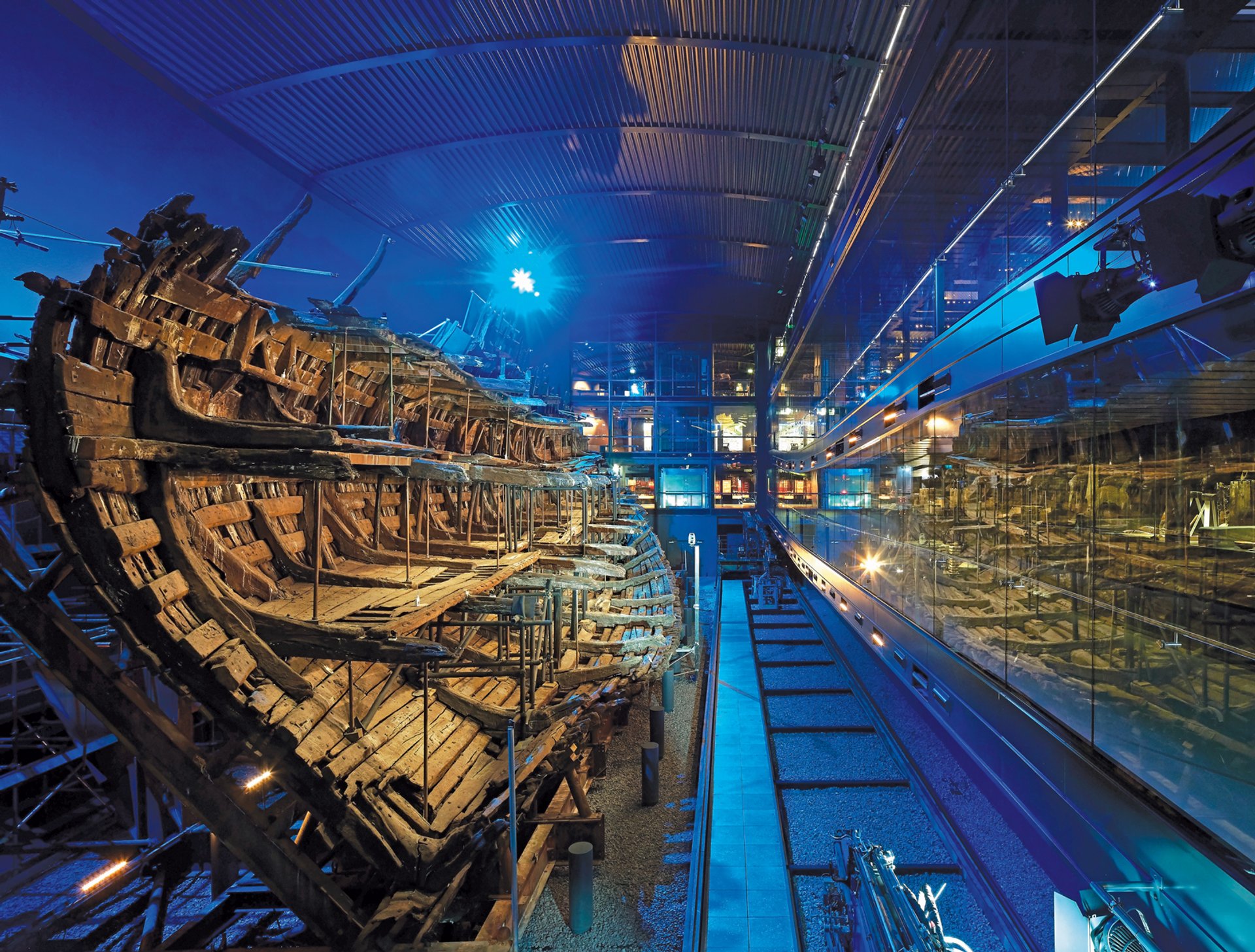
The Mary Rose museum, pictured here in 2016 after its relaunch, was pipped at the post by the Yorkshire Sculpture Park in 2014 HUFTON+CROW
Anna Somers Cocks
Chair of The Art Newspaper
Judge in 2014
Winner: Yorkshire Sculpture Park
I love and admire the Yorkshire Sculpture Park, the creation of Peter Murray—it could honourably win the Art Fund prize every year. But there is also such a thing as a climactic moment, and 2014 was such a moment for the Mary Rose project and its museum in Portsmouth, which had just opened in 2013. It was the culmination of a 40-year project to raise the warship, which went down in 1545, an enterprise that has raised the bar for maritime archaeology all over the world. Its 19,000 artefacts had been put on display in a brilliantly imaginative way inside the hull, the whole encased by the Wilkinson Eyre, Perkins+Will building, which is wholly modern but also evokes the stern of a wooden ship. And it had all been paid for by private money and the Heritage Lottery Fund. For all these reasons, I thought it should win. The other judges—Wim Pijbes of the Rijksmuseum Amsterdam, and Sally Bacon of the Clore Duffield Foundation, with the artist and teacher Michael Craig-Martin—argued forcefully for the need to give contemporary art in the regions greater recognition, and gave the prize instead to the Yorkshire Sculpture Park. I hope that the Mary Rose Museum will overcome its disappointment, put in for the Art Fund prize again, and next time be rewarded for an extraordinary achievement.
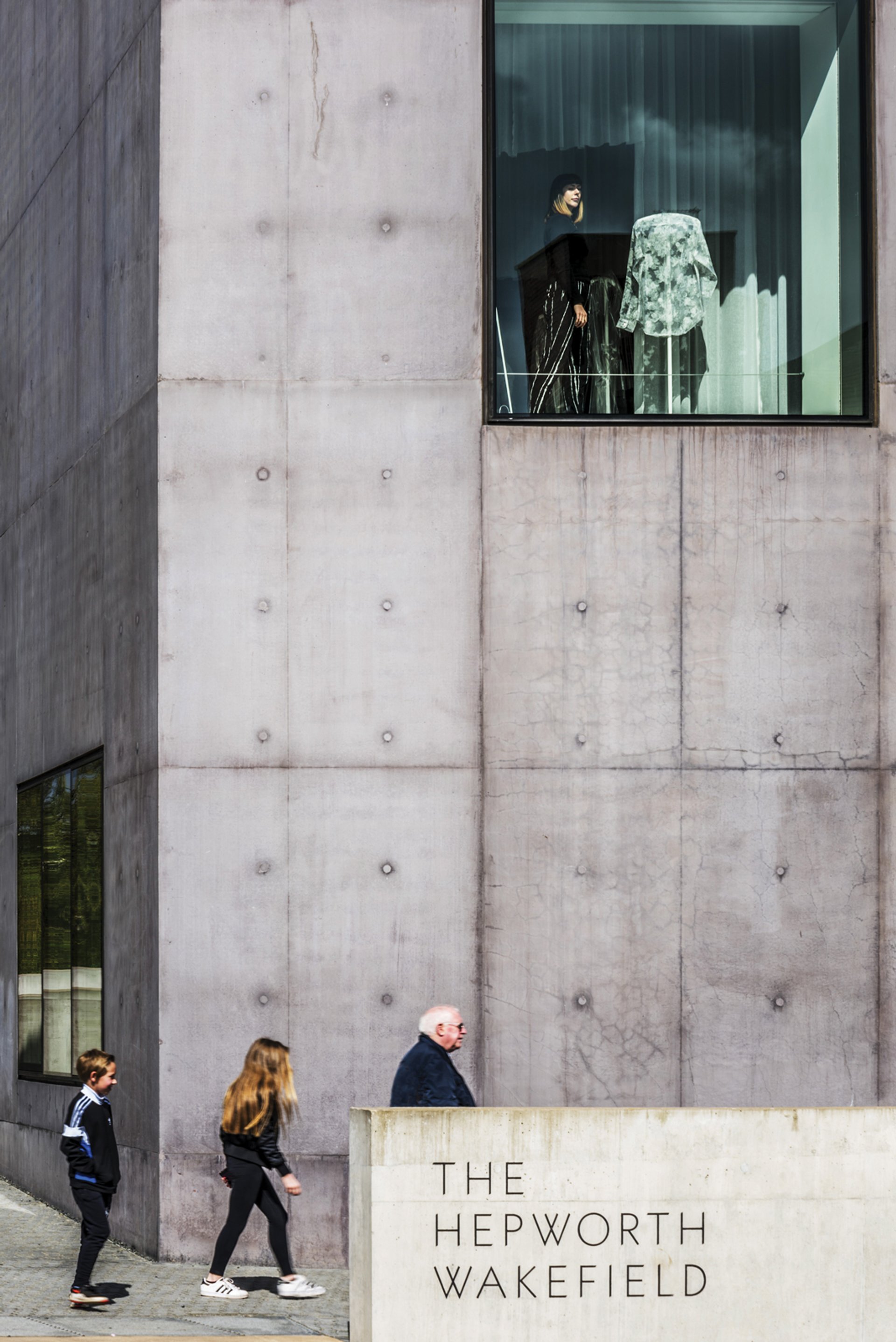
Hepworth Wakefield Marc Atkins/Art Fund, 2017
Munira Mirza
Director, Heni Talks
Judge in 2017
Winner: The Hepworth Wakefield
The Hepworth is a fantastic experience for the visitor; the building is stunning and it has a really strong collection that’s displayed carefully. It has a very imaginative curatorial programme that is thoughtful and high quality. It has claims to be of international standing, but at the same time it’s thinking about its local audience. It’s all the sort of cliched things we say we’d like museums to do, but it does them very well. And it was very brave to initiate the sculpture prize; it is very core to what the museum collection is about, so it didn’t feel like it was just a PR tactic. It was a genuine contribution to contemporary art, bearing in mind the legacy that it has in its collection.
Wakefield obviously has a very long-established art-collecting history, which I didn’t know about until I arrived. You forget that the regions have been powerhouses of art in the past; we tend to think of London as the only place where collecting happens, but our towns and cities around the country have been very important for that. You feel a sense of pride in that place: it’s not just a regeneration project, or a grab for Lottery money, it is a really well thought-through cultural institution. I think if you were growing up in Wakefield you would be very proud that it was part of the town.
I felt that there was a real sincerity and integrity in the way that the staff spoke, and they had a vision for what they wanted to do with the prize money, which does sway you a bit, because you want to know that there’s a longer story here, they’re not just resting on their laurels. It’s a sign of creative and imaginative flair, which does matter in a museum, particularly of that size. And they had done some phenomenal fundraising, which was another thing that surprised us.
I fell in love with the place. That’s the magic of museums, I guess, which is hard to define.
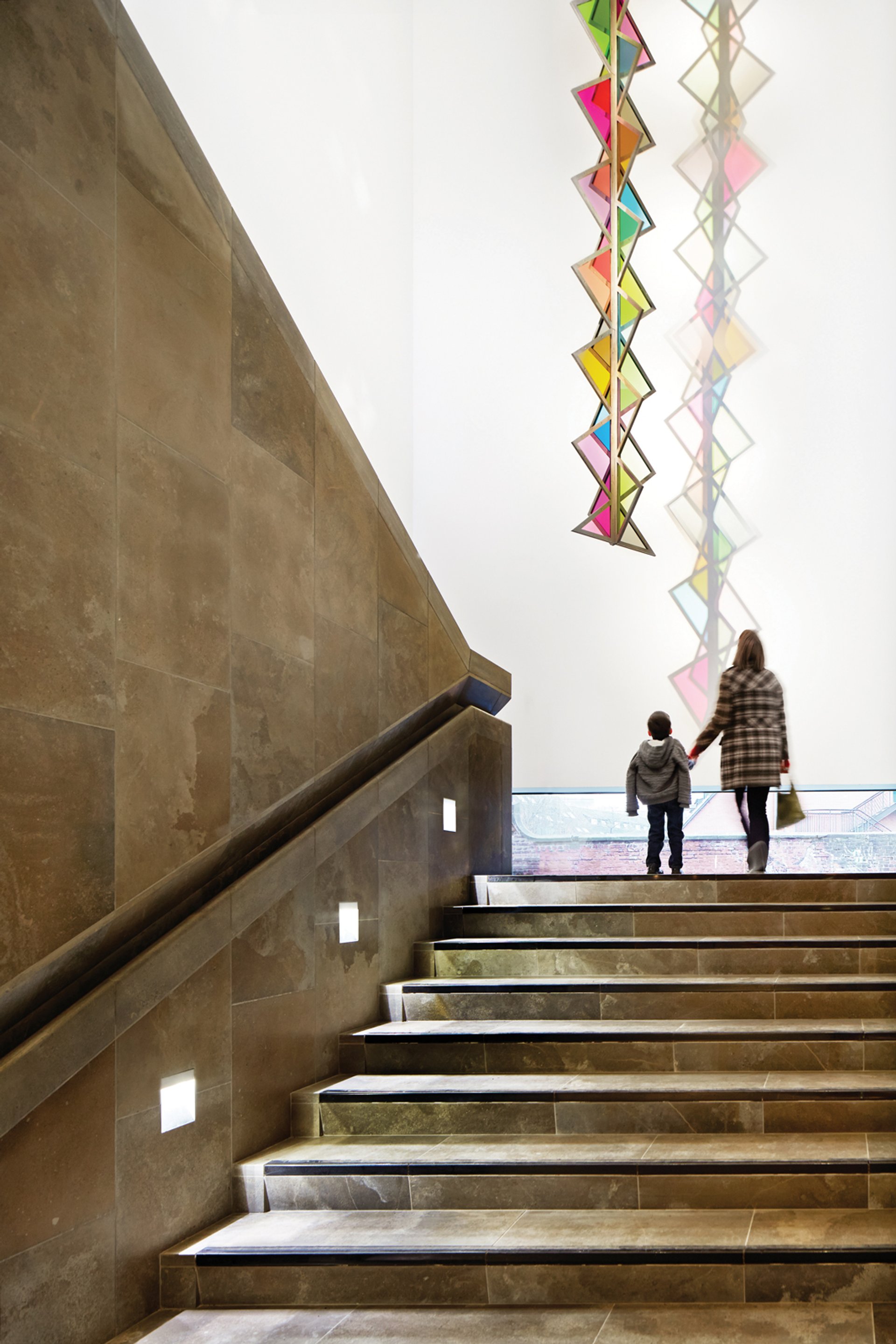
The Whitworth Manchester Alan Williams
Axel Rüger
Director, Van Gogh Museum, Amsterdam
Judge in 2015
Winner: The Whitworth, Manchester
I was a curator at the National Gallery many moons ago, and we always perceived an enormous discrepancy between London and the rest. With all these cutbacks in the cultural field, to the Arts Council and especially the local and regional authorities, the museums in the regions have in my view suffered disproportionately.
So it was heartwarming to see strong regional galleries on the shortlist in the year that I was on the panel. I have to admit that some of them I didn’t know and hadn’t been to, so it was really great to see different scales, types of ambitions, collections and audiences. It was also heartwarming to see how important for them this nomination was, and that even if they were not going to win the prize they were already trying to get as much mileage as they possibly could out of the nomination. It can be a real boost, not only for funding, but also for community-building. There’s a lot of derived local pride.
The challenge at the time with the Whitworth—part of the University of Manchester—was that we were not really judging the reopened museum, because that happened towards the very end of that year, but we judged them on what they had been doing while the museum was closed. What I thought was unbelievably clever was that they managed not only to stay in the public eye, but to go out into the communities, thereby creating even more of a base, so the reopening became much more hotly anticipated. The reopened building is also a triumph—it is a great, sensible addition to what was there, expanded in a logical and meaningful way. And it’s very beautiful, with the orientation to the park next to the museum. So all of that felt as if it really did fit very well together.
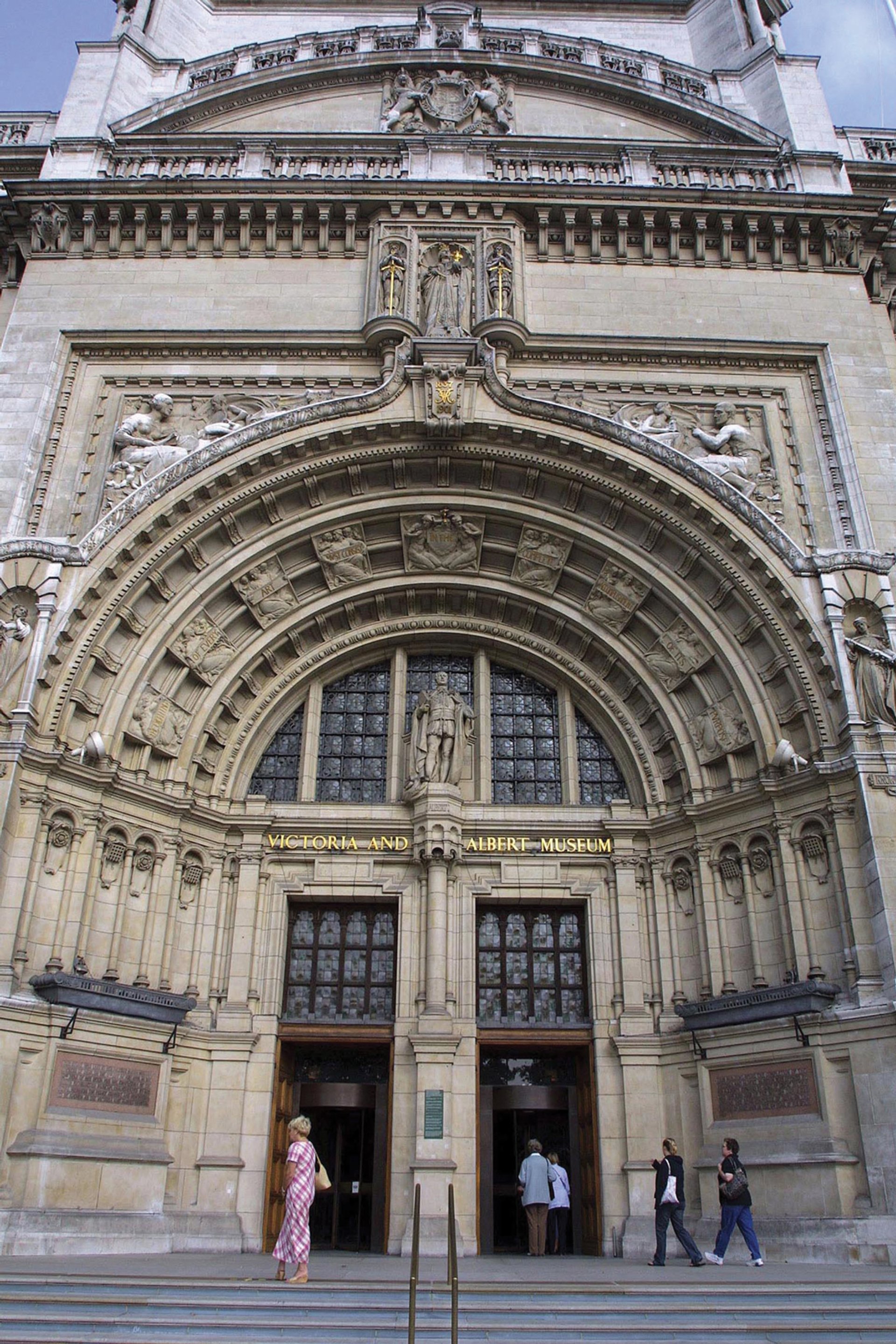
Victoria and Albert Museum, London The Victoria and Albert Museum
Gus Casely-Hayford
Director, Smithsonian National Museum of African Art, Washington, DC
Judge in 2016
Winner: Victoria and Albert Museum, London
With all of these things, you’re not comparing like with like, and there is something that is slightly ineffable, which is about the qualitative feeling that it leaves you with. In that particular year, it was ridiculously difficult because of the quality being pretty much exemplary across the board. But there was something in what the V&A had offered that was utterly different, in terms of the success of exhibitions that spoke to a wide constituency, the reconsideration of its exhibition spaces with new, much more accessible narratives, and doing it while being unencumbered by this long history—having a kind of confidence that you would imagine a new museum would have. It was all done with a lightness of touch that was very, very seductive.
I live in Washington, DC, among some of the world’s greatest museums, but I do think there is something very particular about the spectrum of British museums and the way in which, across the huge diversity of delivery, there is a quality in them that is unlike anything else anywhere that I’ve visited or lived.
All of the shortlisted museums have staff that really believe in them and have that contagious affection for what they do. That was one of the things that really helped us to shape the final list: these were all spaces in which the staff themselves were the best possible advocates for those institutions.
You want to know that there is a museological narrative that is strong and robust, but at the same time is delivered with the kind of confidence that will mean there is room for interactivity, for debate, for reconsideration of ideas. What the V&A offered that was exceptional was it did those things on a national and international level. It was a place in which visitors from abroad could convene with a level of comfort that is usually afforded in many national museums only to the locals. It felt like a space in which we could all come together and feel that our particular perspectives would be respected.
Museum of the year: the Past 10 years
2017: Winner: The Hepworth Wakefield
Finalists: Lapworth Museum of Geology, Birmingham; National Heritage Centre for Horseracing & Sporting Art, Newmarket; Sir John Soane’s Museum, London; Tate Modern, London
2016: Winner: Victoria and Albert Museum, London
Finalists: Arnolfini, Bristol; Bethlem Museum of the Mind, London; Jupiter Artland, West Lothian; York Art Gallery
2015: Winner: The Whitworth, Manchester
Finalists: Dunham Massey, Altrincham; Imperial War Museums, London; The MAC, Belfast; Oxford University Museum of Natural History; Tower of London
2014: Winner: Yorkshire Sculpture Park, Wakefield
Finalists: Ditchling Museum of Art + Craft, East Sussex; Hayward Gallery, London; Mary Rose museum, Portsmouth; Sainsbury Centre for Visual Arts, Norwich; Tate Britain, London
2013: Winner: William Morris Gallery, London
Finalists: Baltic Centre for Contemporary Art, Gateshead; Beaney House of Art and Knowledge, Canterbury; Dulwich Picture Gallery, London; The Hepworth Wakefield; Horniman Museum & Gardens, London; Kelvingrove Art Gallery and Museum, Glasgow; Museum of Archaeology and Anthropology, Cambridge; Narberth Museum, Pembrokeshire; Preston Hall Museum and Park, Stockton-on-Tees
2012: Winner: Royal Albert Memorial Museum, Exeter
Finalists: The Hepworth Wakefield; National Galleries of Scotland, Edinburgh; Watts Gallery, Guildford
2011: Winner: British Museum, London
Finalists: Polar Museum, Cambridge; Robert Burns Birthplace Museum, Alloway; Roman Baths Museum, Bath
2010: Winner: Ulster Museum, Belfast
Finalists: Ashmolean Museum, Oxford; Blists Hill Victorian Town, Ironbridge Gorge Museum Trust, Shropshire; Herbert Art Gallery & Museum, Coventry
2009: Winner: Wedgwood Museum, Stoke-on-Trent
Finalists: Kelvingrove Art Gallery and Museum, Glasgow; Orleans House Gallery, Twickenham; Ruthin Craft Centre, Denbighshire
2008: Winner: The Lightbox, Woking
Finalists: British Empire and Commonwealth Museum, Bristol; Shetland Museum and Archives, Lerwick, Shetland; Wellcome Collection, London
Regional breakdown, 2008-17
England: 40 finalists* (including 13 from London)
Northern Ireland: 2 finalists
Wales: 2 finalists
Scotland: 5 finalists*
* The Hepworth Wakefield and Kelvingrove Art Gallery, both shortlisted on multiple occasions, are counted here only once


